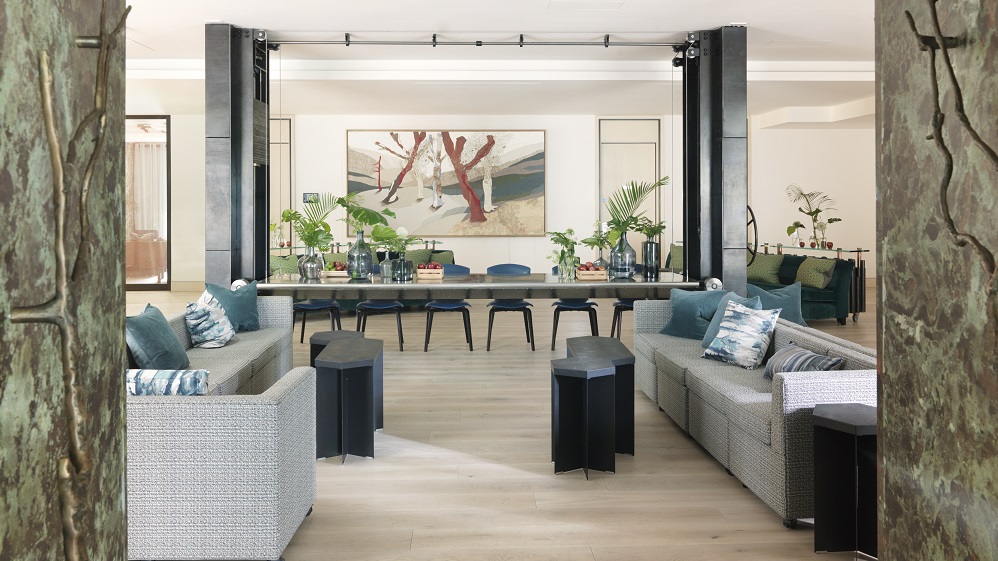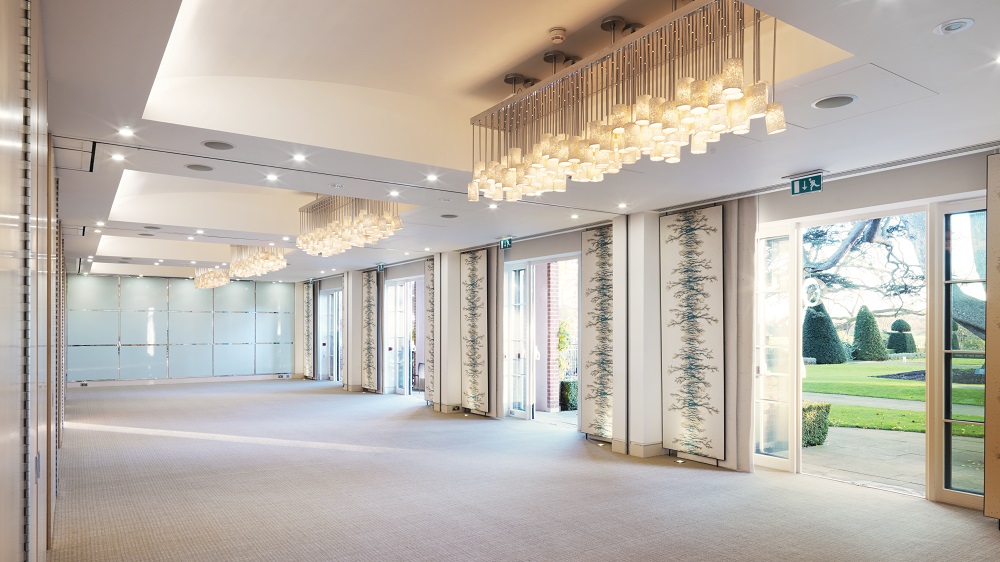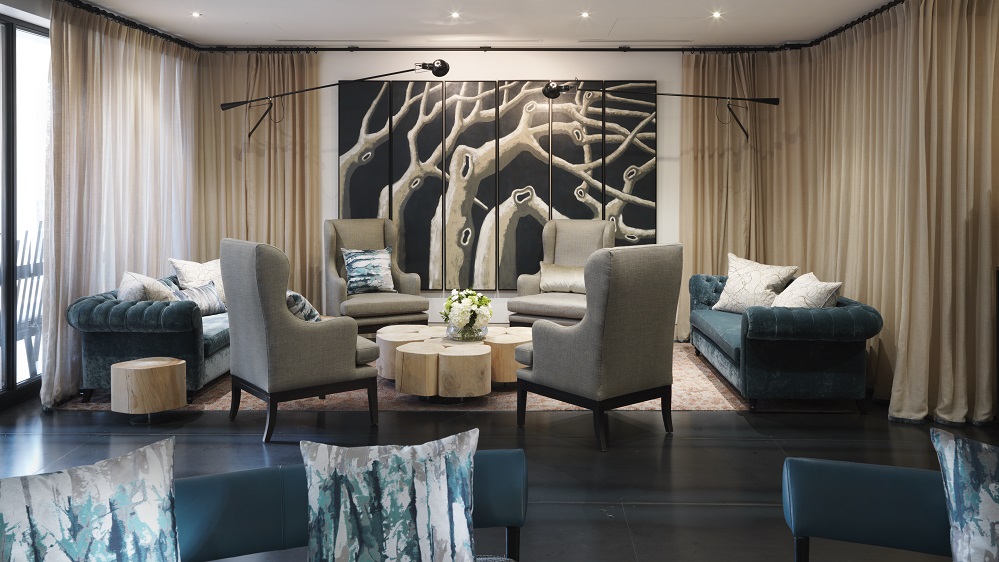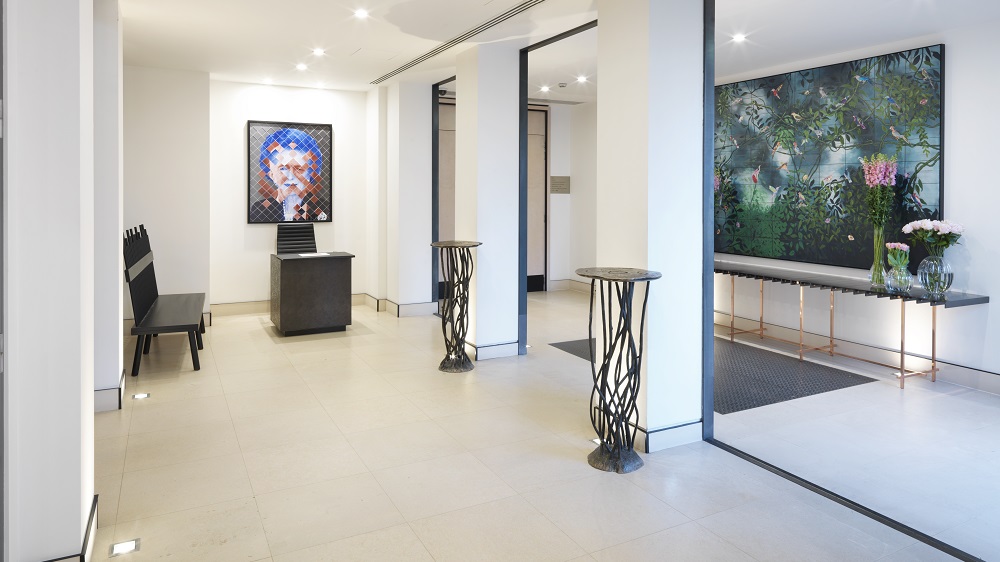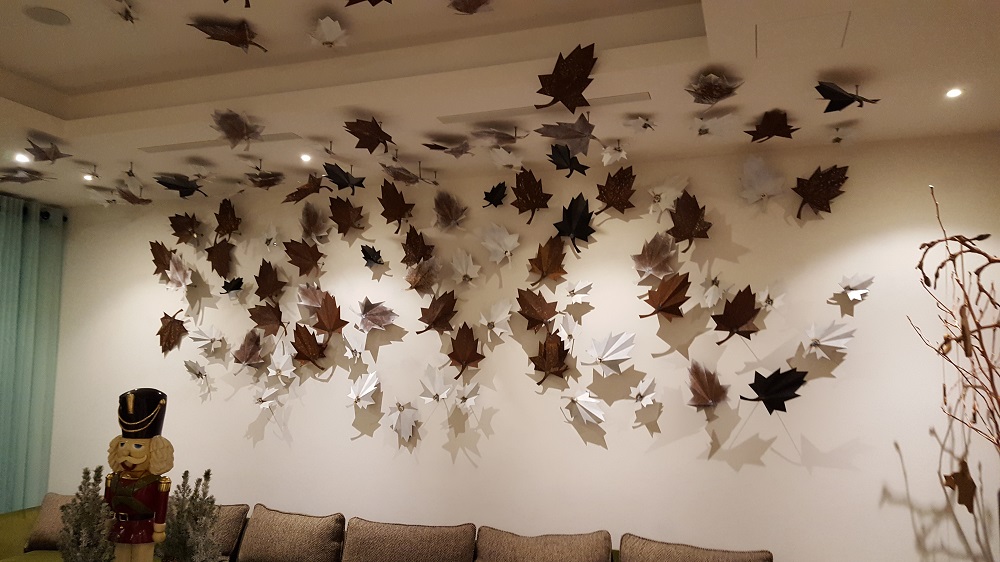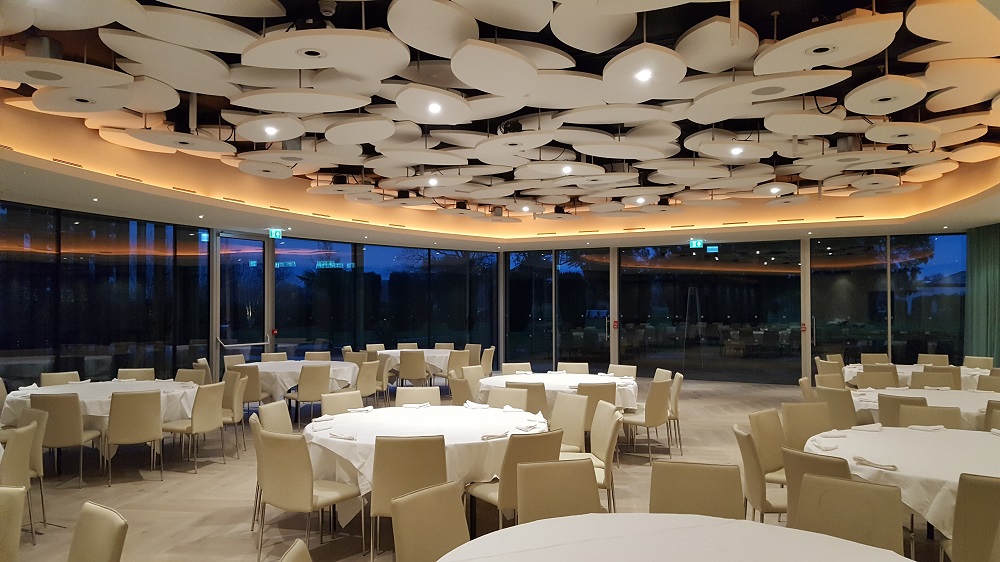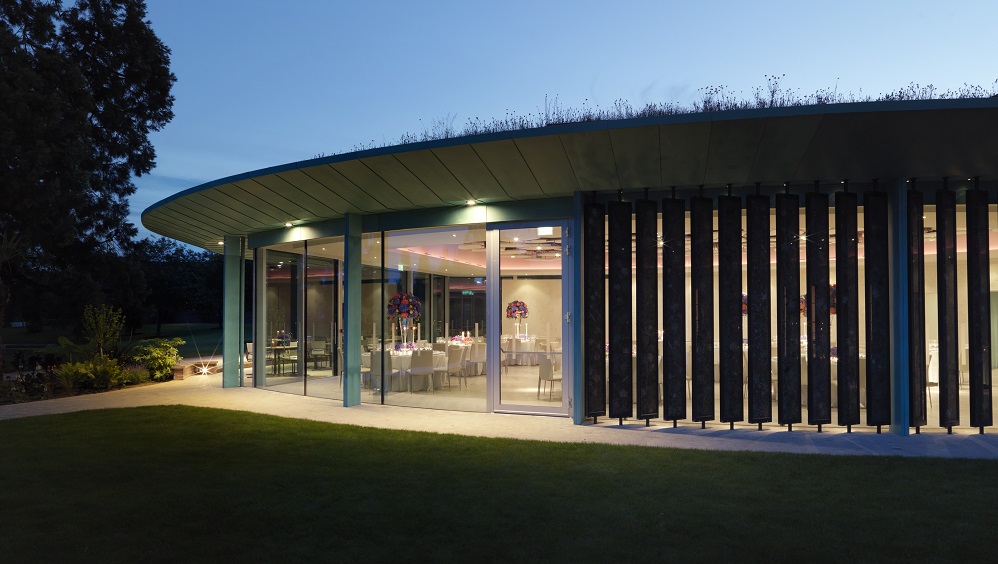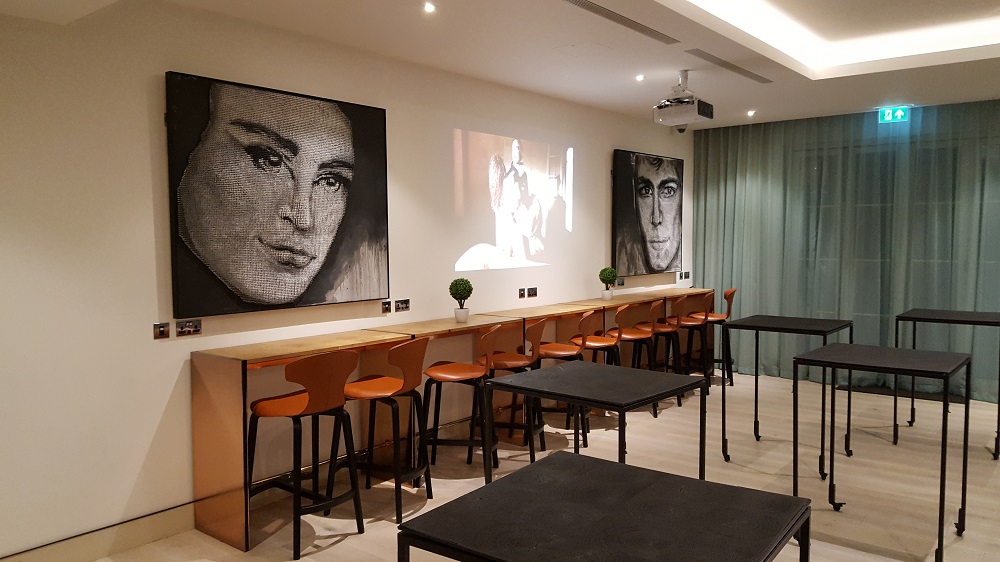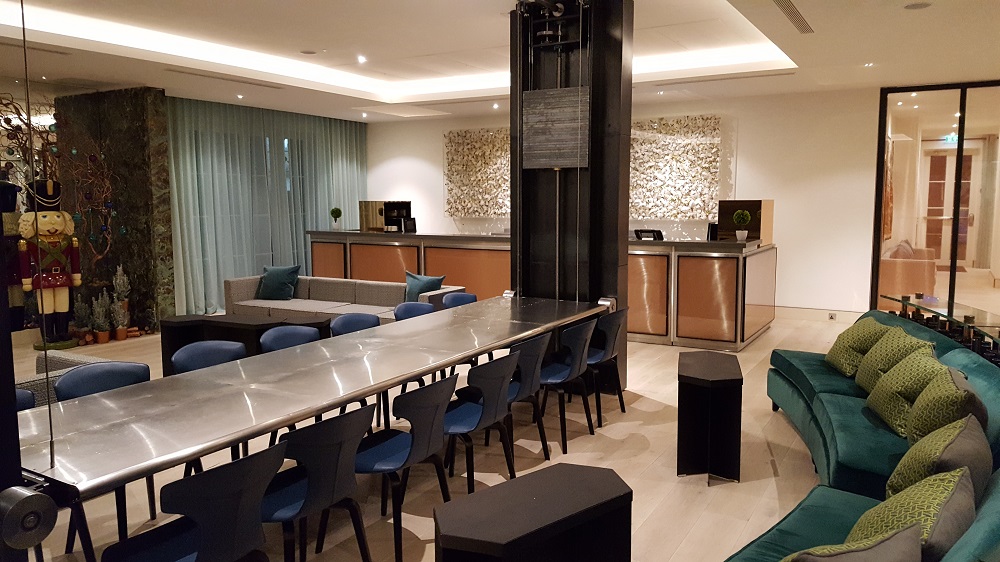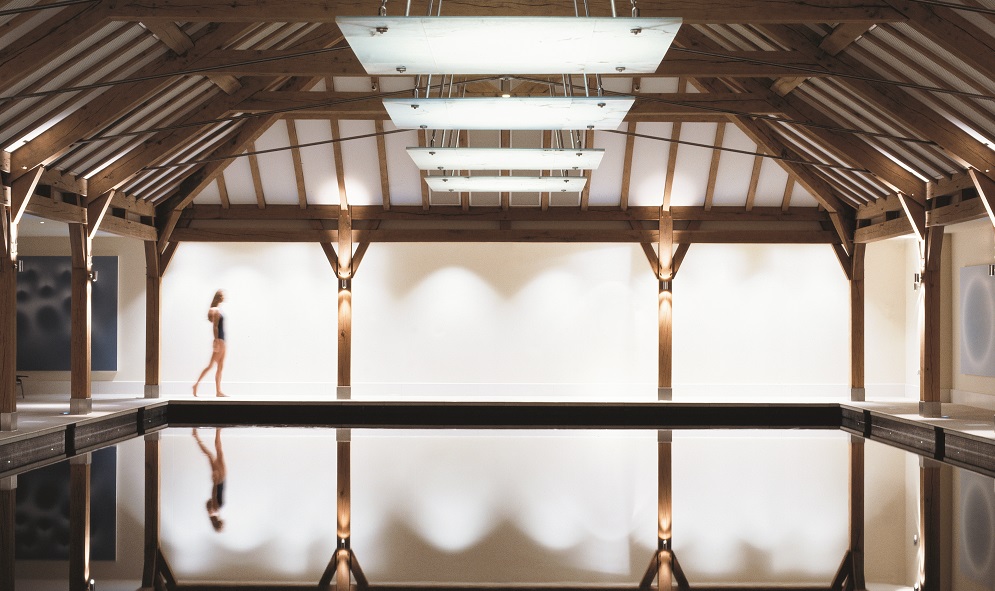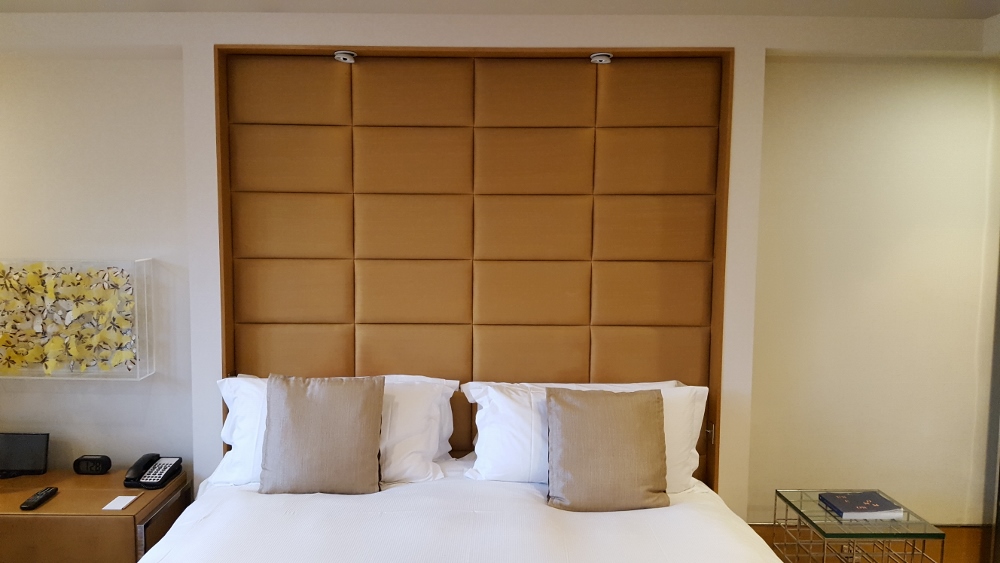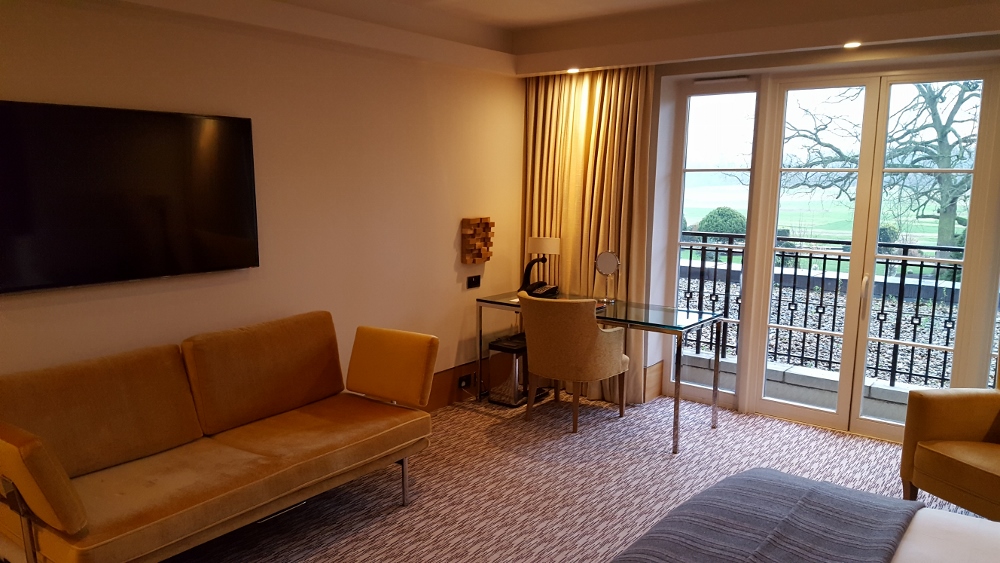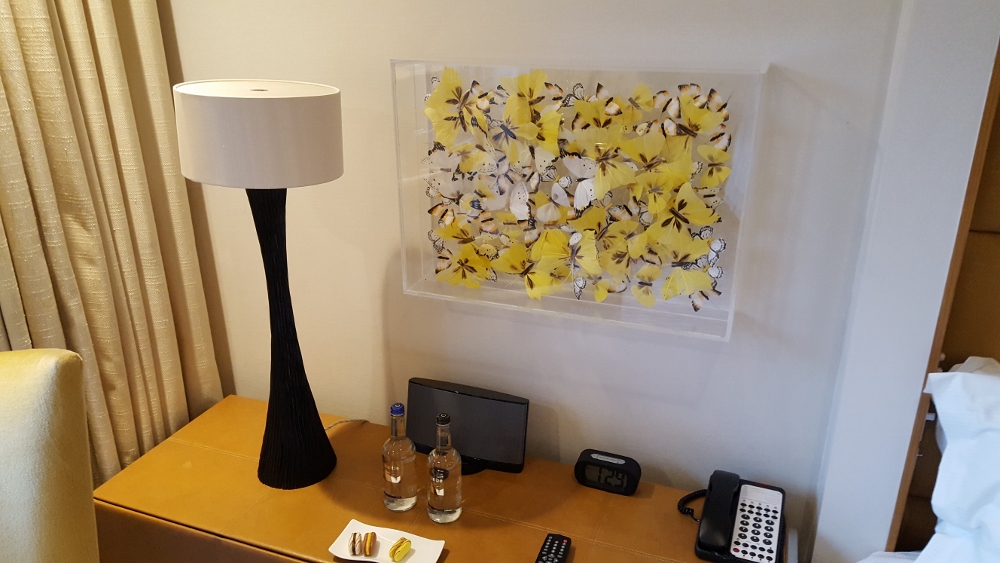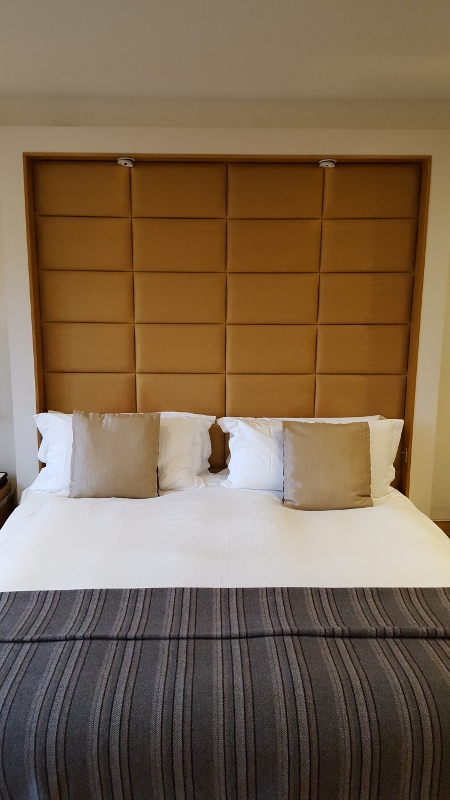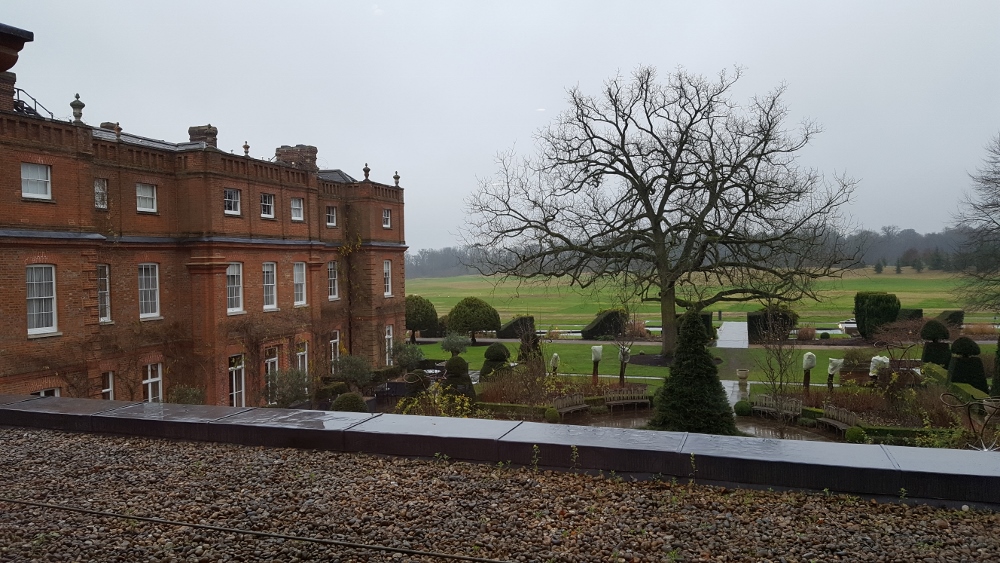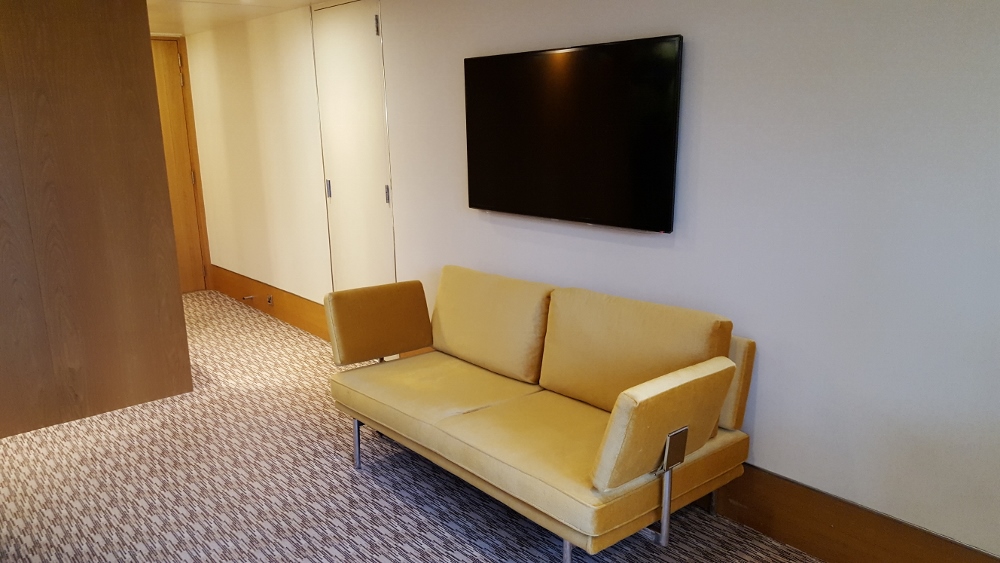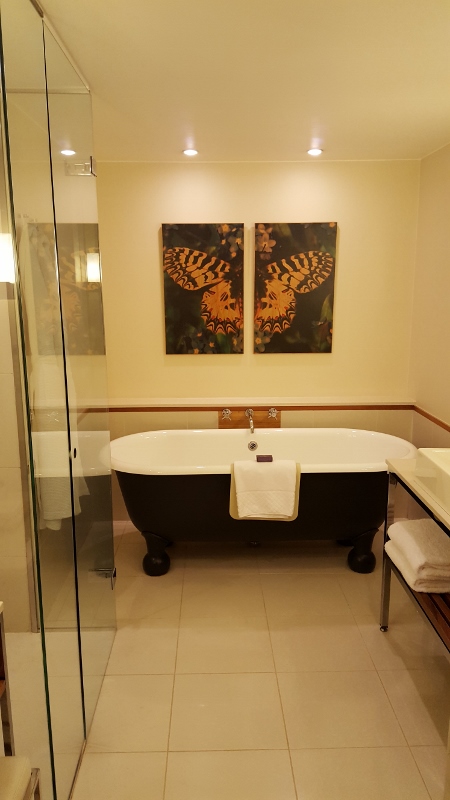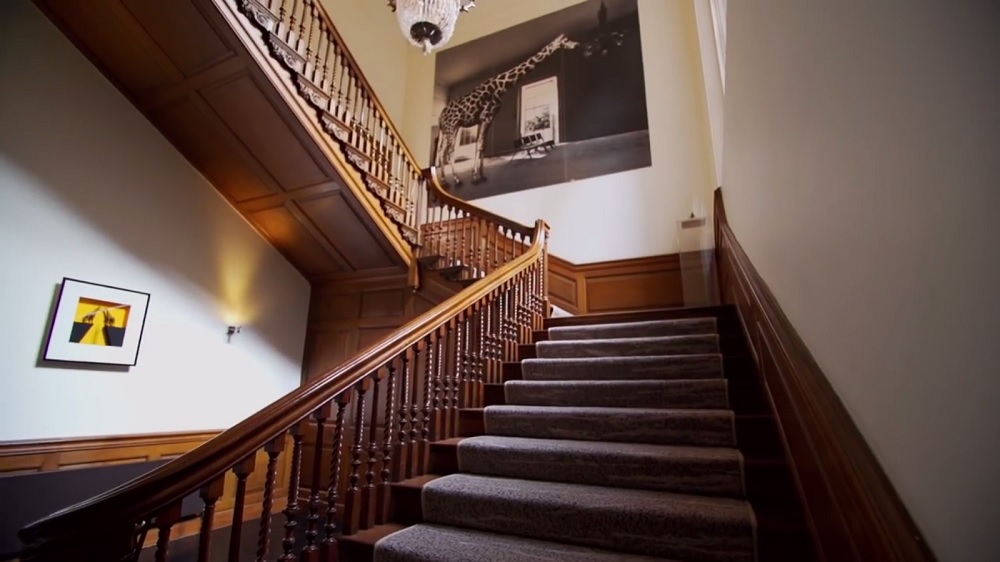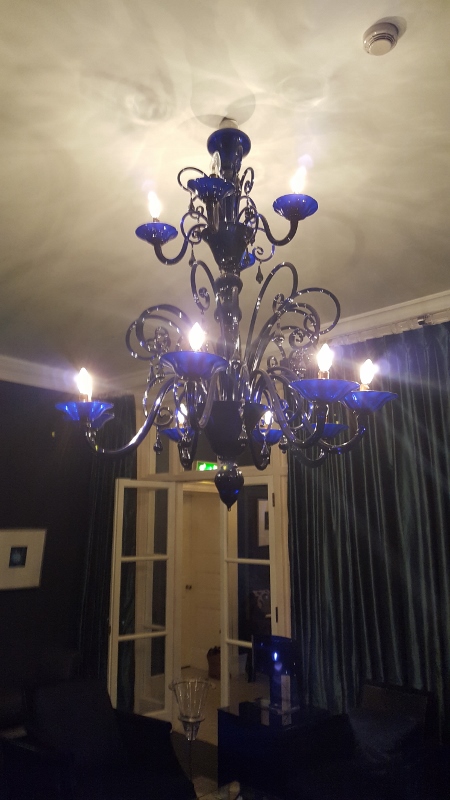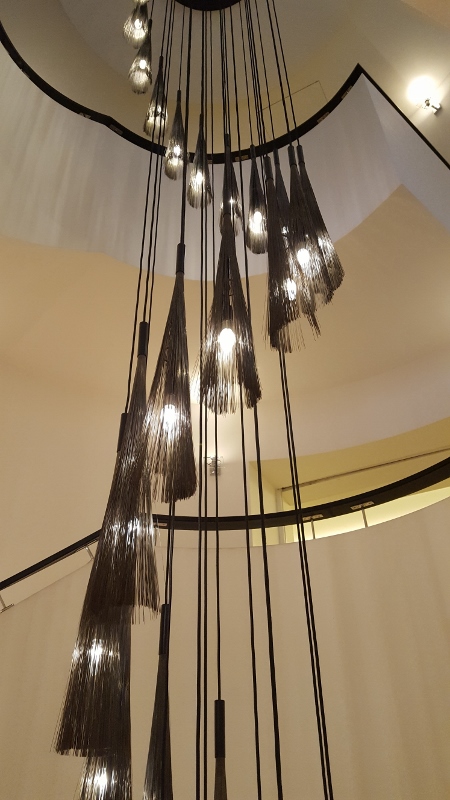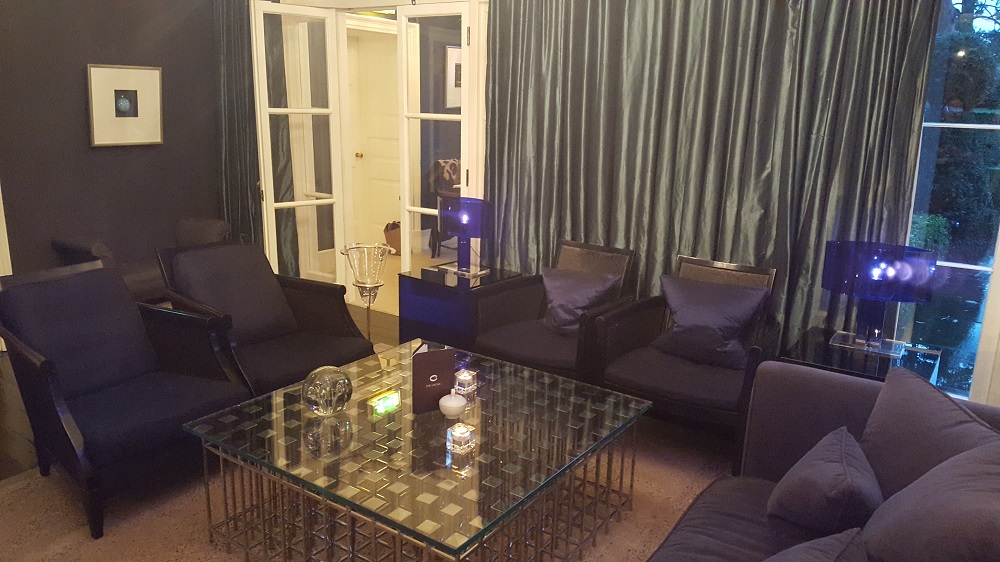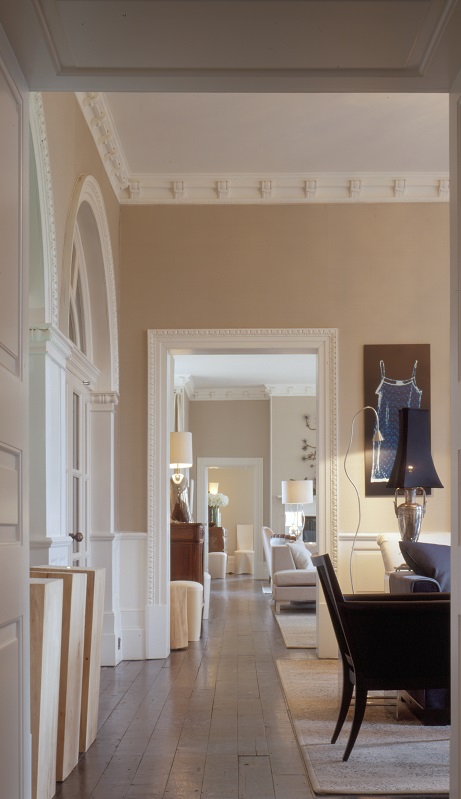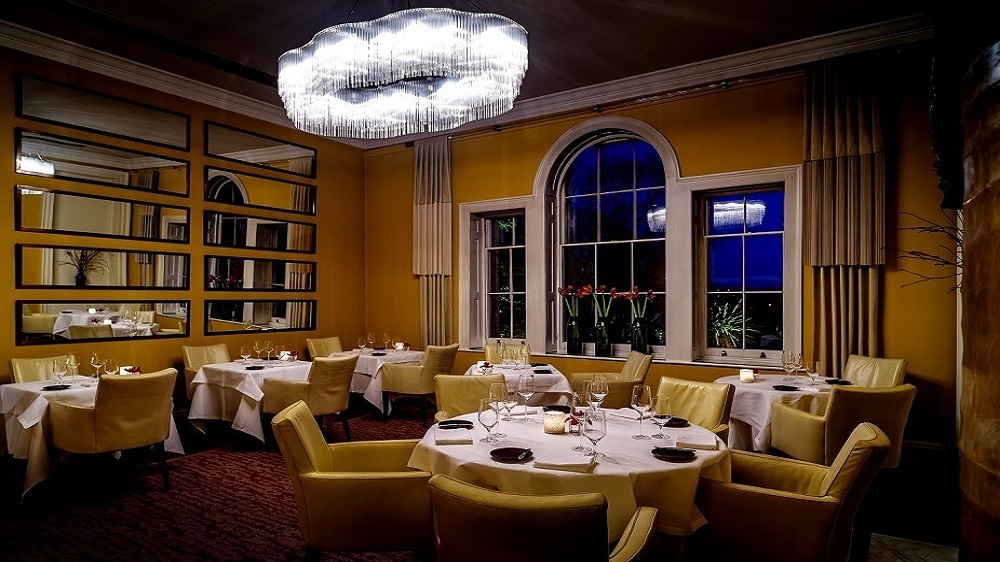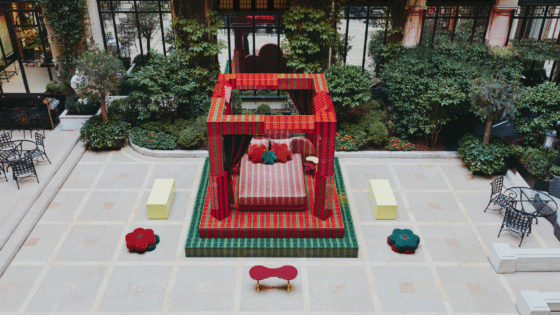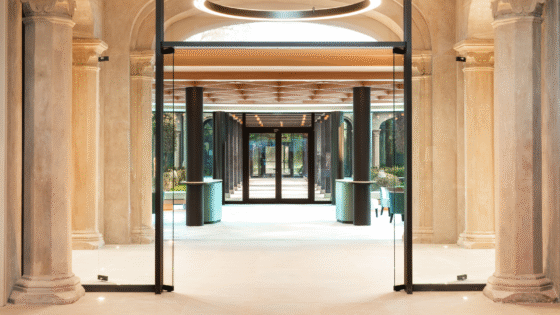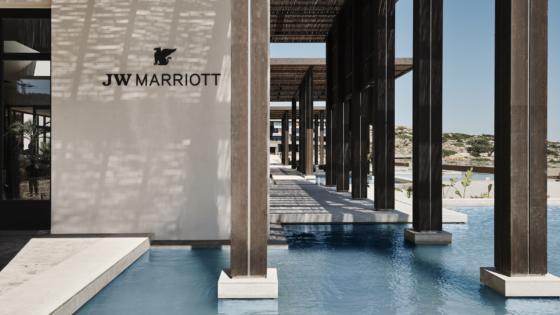‘20 miles from central London…’.
Think of that radius and you likely imagine yourself still amongst the concrete jungle of Greater London. But with The Grove in mind, it’s time for a re-think. This 18th century country estate replete with championship golf course and world-class spa is as far removed from the hustle and bustle of the capital as is possible to imagine.
The historic mansion, formerly the family seat of the Clarendon earldom and which forms only part of The Grove’s offering, has a storied past – having at various points in time been a girls’ boarding school, a health centre and a riding school. These days, it’s better-known as a haunt for the famously wealthy and wealthily famous. But all of that’s to ignore its sublime mix of the traditional and contemporary – or as interior design director Martin Hulbert calls it; ‘grand and groovy’. For the most part, he’s done a good job of capturing both.
The luxury hotel is split into two very distinct (perhaps too distinct) parts – the original mansion and the new wing – and Hulbert’s latest work at The Grove has been concentrated on revisiting the event spaces, which within the modern West Wing definitely lean towards his ‘contemporary and groovy’ ethos. More than a decade on from his original vision for the 5-star luxury resort, Hulbert’s design group Martin Hulbert Design (MHD) has incorporated a two-fold brief of revamping and reinvigorating existing spaces with reconfiguring and reimagining to give each a unique identity.
Of the venue, Hulbert himself says: “The Grove is an incredibly inspiring place for special events, full of wit and flair, wonderfully unexpected and naturally inspired – the original interiors had lasted really well, they just needed a shot in the arm, something to push them forward into the future.
“Coming back to The Grove, we knew that it still had to be quirky and interactive, but things have changed in the last 15 years, people now want a beautiful space to work with,” he adds.
With the new suites – Cedar, Amber and Ivory – he has given the people exactly what they want. The two separate units of Amber and Ivory both now have a dedicated entrance with their own reception desks. Artwork plays an extensive role in the décor of the newly imagined suites; with much of it commissioned especially. What impresses me most is the way the feel of the spaces is maintained however they are used, with the flexibility of the spaces based on guests’ requests having also been well thought through in the design process.
The jewel in the crown of The Grove’s spaces, however, is the oval-shaped pavilion that houses the Cedar Suite – the first time MHD has led the architectural process. With the structure jutting out into the hotel’s gardens, Hulbert has incorporated the natural light from them perfectly with the walls of the pavilion being formed of floor-to-ceiling glass and its eco-green-roof. Inside, the wooden floor is outshone by a ceiling of what I’m told are ‘acoustic leaves’ – inspired by those in the Royal Albert Hall. For an event space, it makes for a refreshingly welcome visual treat.
From the pavilion, the Cedar Suite extends into the main building – with a new private entrance. The entrance canopy has also been specially designed, using Verdigris copper, uniting the spaces. And every element is bespoke, either commissioned by, or designed by, MHD. In the centre of the entrance room is a working sculpture – creating a focal point – namely a vast steel table, suspended between two steel columns, which moves up and down using a series of weights and pulleys. The result is a multitude of options: a table for dinner, a cocktail bar, a centrepiece to cover in flowers or a canopy to dance underneath, setting the elegant yet industrial feel that is evident throughout. And this is what Hulbert has done well with these spaces; there is a definite minimalist blend between industrial chic and natural inspiration, which gives The Grove a uniqueness in selling the spaces over other venues.
After my tour, I get a chance to check out the hotel’s renowned Sequoia spa, which itself has also recently been renovated. It is a spectacular example of a hotel wellbeing complex; being both state-of-the-art and thoroughly well-designed. During a short show-round, I’m told it has recently been recognised by the Good Spa Awards and it’s easy to see why.
I check into my Deluxe room in the more modern west wing – housing 191 of the hotel’s rooms – and am struck immediately by the excellent size of the room, which means having everything required of a room without it feeling cluttered; followed closely by the stunning views over the grounds from my balcony window. The nature-inspired design seen throughout the public spaces downstairs is prevalent in the rooms, with autumnal browns, golds and yellows strongly featured throughout.
The choice of furniture and textural finishes to the room are of an extremely high quality. The bathroom is just as luxurious, with a free-standing roll-top bathtub and a separate shower unit; the artwork and colour scheme continuing the theme from the living area. The workspace is suitably supplied with power sockets; the 50-inch smart, plasma TV is well placed; and if there was one negative to mark it was the modest wardrobe space – only an issue if more than one person was staying in the room.
Editor’s note: The aesthetics of these rooms – while clean, modern, defined and unfussy – might not be to everyone’s taste for a ‘country retreat’. For a more period, rustic and ornate feel, one of the 26 rooms in the original mansion might better suit this remit. The overtly contemporary elements of the west wing aren’t dominant here, instead rooms retain a traditional finish with antiques, deeper hues and opulent fabrics.
On my way down to dinner, I notice how much artwork plays a role in giving The Grove an edge. Even dotted around amongst the corridors, stairways and outdoor grounds are eccentric, conversation-starting fixtures and pieces – from modern representations of Margaret Thatcher to ornate chandeliers to black-and-white photography of giraffes – which gives off just the right amount of edginess. Indeed, in a nod to Hulbert’s philosophy of blending contemporary with traditional, the lounges and the fine-dining offering Colette’s – the ‘heart’ of the Mansion – retain the character and tradition with a period-style feel, grand ceilings and elegant furniture, while The Glasshouse and its connecting bar definitely represent the sleek modernity, with up-to-the-minute décor of blacks, reds and whites; while the gastro-pub-style Stables sits somewhere comfortably between the two.
I had heard of The Grove before my stay. Afterwards, I can now express first-hand why this is a unique venue. The levels of service are as expected from a 5-star hotel. The standard of the interiors, the amenities and produce cannot be faulted. But the dichotomous design approach in respecting the old and embracing the new makes this a ‘country estate’ with a difference, and a very good one at that.
Perhaps these dual personalities – you could stay in either section and rarely interact with the other – could bleed into each other slightly more without such stark division to truly show off the ‘grand and groovy’ ethos more seamlessly. Or perhaps that’s just me being too pedantic. In any case, kudos Mr. Hulbert, this is fine work…
Based on a stay in December 2016
Photos: Daniel Fountain // The Grove
www.thegrove.co.uk


